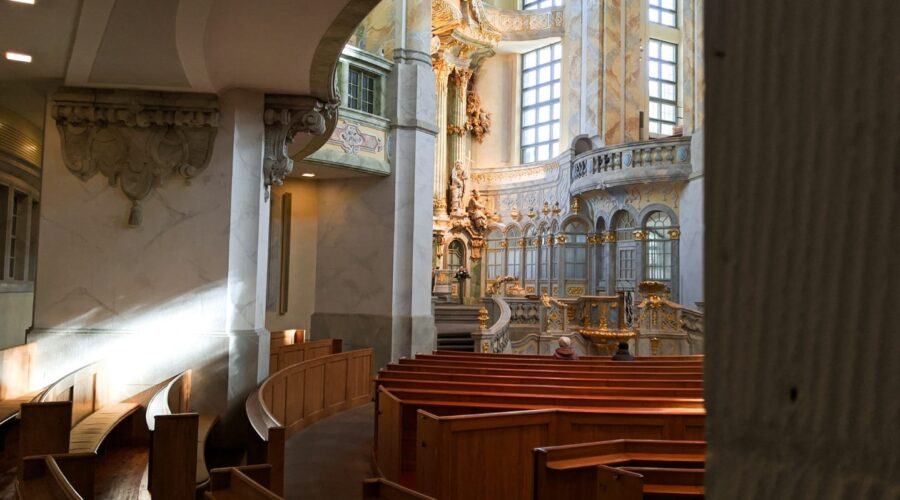Your cart is currently empty!
The Church of Jesus Christ of Latter-day Saints: A Comprehensive Guide

Introduction
The Church of Jesus Christ of Latter-day Saints, also known as the LDS Church or Mormon Church, is a Christian denomination founded in the United States in the early 19th century. With over 16 million members worldwide, it is one of the world’s largest and most recognizable religious organizations.
This comprehensive guide provides an in-depth look at the history, beliefs, practices, and controversies surrounding the LDS Church. Whether you are a curious outsider, a potential convert, or a lifelong member, this guide will shed light on the multifaceted and fascinating world of Mormonism.
History
Early Years (1820-1844)
The LDS Church was founded by Joseph Smith Jr. in 1830 in Fayette, New York. Smith claimed to have received revelations from God that led him to translate the Book of Mormon, a sacred text that Mormons believe to be a companion to the Bible.
The church quickly grew, but faced significant persecution and opposition. Smith and his followers were forced to move several times, eventually settling in Nauvoo, Illinois, where they established a thriving community.
Persecution and Martyrdom (1844-1846)
In 1844, Smith was killed by a mob in Carthage, Illinois. His death sparked a succession crisis and led to the eventual departure of the majority of Mormons from Nauvoo.
Exodus to the West (1846-1869)
Under the leadership of Brigham Young, the Mormons undertook a massive exodus westward, crossing the Great Plains and settling in the Salt Lake Valley in Utah. They established a new colony known as Deseret, which eventually became the state of Utah.
The Mormons faced significant challenges in the West, including conflicts with Native American tribes and the U.S. government. However, they also achieved significant economic and political success.
Beliefs
Core Beliefs
- The Godhead: Mormons believe in a godhead consisting of God the Father, Jesus Christ, and the Holy Ghost.
- Divine Nature of Jesus Christ: Mormons believe that Jesus Christ is the Son of God and the Savior of mankind.
- Resurrection and Eternal Life: Mormons believe that all people will be resurrected after death and that those who have lived righteously will inherit eternal life.
- The Book of Mormon: Mormons revere the Book of Mormon as a sacred text that contains additional revelations from God.
- Continuing Revelation: Mormons believe that God continues to reveal his will through modern prophets and apostles.
Distinctive Doctrines
- Eternal Marriage: Mormons believe that marriage is ordained of God and that it can continue beyond death.
- Baptism for the Dead: Mormons believe that those who have died without the opportunity to be baptized can be baptized by proxy.
- Temple Worship: Mormons build and maintain temples where they perform sacred ordinances, such as marriage and baptism for the dead.
Practices
Worship Services
LDS Church members attend weekly worship services known as sacrament meetings. These meetings include prayers, hymns, and talks by church leaders.
Members also attend the temple regularly to perform sacred ordinances. Temple ordinances are performed in a sacred setting and are considered to be essential for salvation.
Missionary Work
Missionary work is a central part of LDS Church culture. Young men and women volunteer to serve two-year missions in various parts of the world, teaching their beliefs and inviting others to be baptized.
Education
The LDS Church places a high value on education. It operates over 800 schools and universities worldwide, including Brigham Young University and the University of Utah.
Controversies
The LDS Church has faced numerous controversies throughout its history, including:
Polygamy
Early LDS Church leaders practiced polygamy, or the marriage of one man to multiple women. This practice was abandoned in 1890 under pressure from the U.S. government.
Race and Priesthood
Until 1978, the LDS Church restricted the priesthood, its highest office, to men of European descent. This policy was rescinded in 1978, but it remains a controversial topic for some members.
LGBTQ+ Rights
The LDS Church’s stance on LGBTQ+ issues has been evolving in recent years. While the church affirms that homosexual behavior is a sin, it has softened its stance on same-sex marriage and other LGBTQ+ issues.
Conclusion
The Church of Jesus Christ of Latter-day Saints is a complex and multifaceted religious organization with a rich history, unique beliefs, and a global reach. Its members are known for their strong sense of community, commitment to education, and missionary work.
While the church has faced controversies and challenges over the years, it continues to thrive and grow, attracting millions of members worldwide. Understanding the LDS Church is essential to gaining a broader perspective on the diverse landscape of Christian denominations.